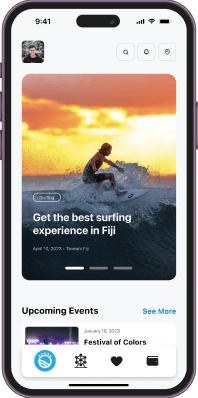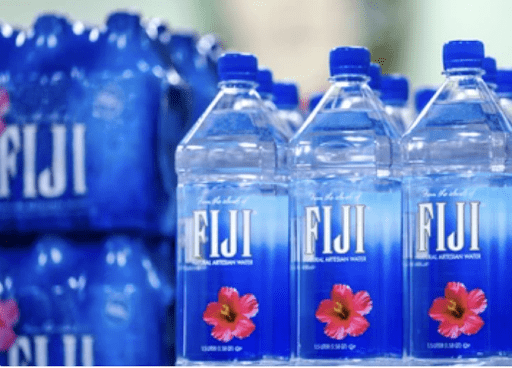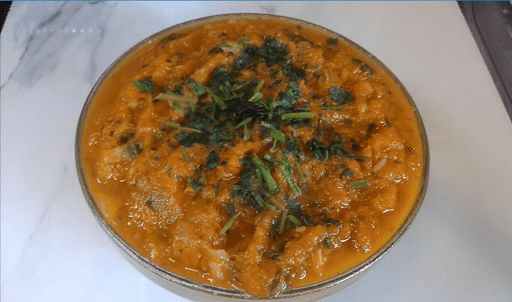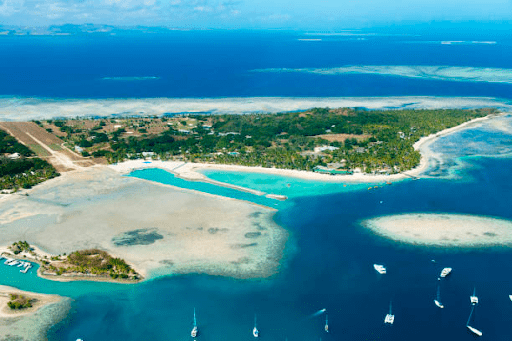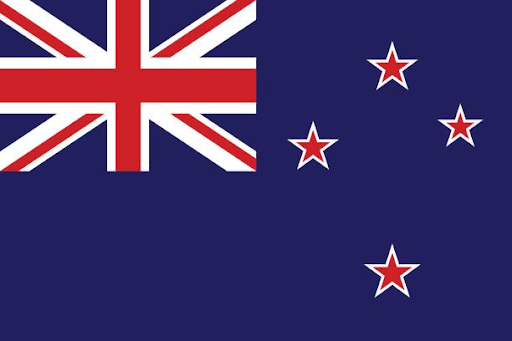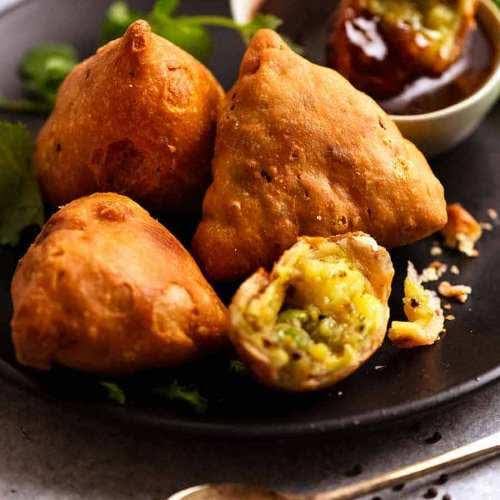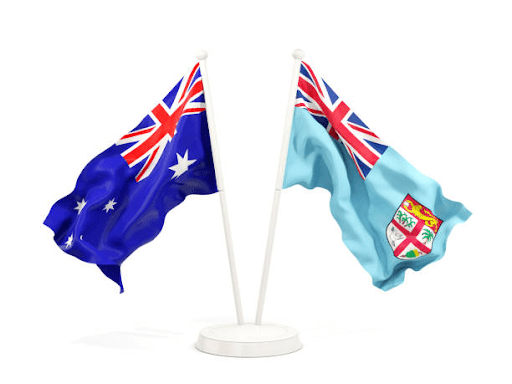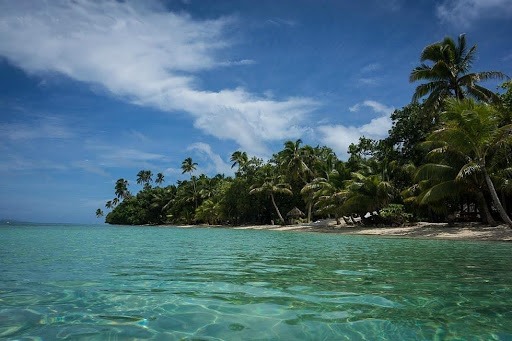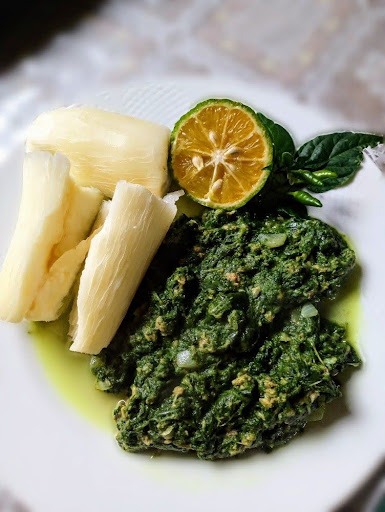The history of the famous Fiji water
The famous delicious bottled Fiji water is sourced from an aquifer in Fiji.
Only about 3% of the world’s water is freshwater and of that, only 1.2% is drinkable. Human beings can survive weeks without food, but only days without water. Health professionals recommend that adults should drink 6 to 8 glasses of water every day.
You probably already know this — that water is the most important commodity in the world.
David Gilmour, the founder of the famous bottled water, Fiji Water, knew this too.
History of Fiji Water
Fiji is situated miles and miles from the industrialised countries of the world. The country is covered in greenery. Radiant sunshine bathes the rich flora and fauna of the archipelago. On the northern coast of Viti Levu Island lies the Navua River Valley, an ancient valley virtually untouched by mankind. Amidst the rugged volcanic terrain of the valley, the land has been refined to become the perfect filtering system.
As rain falls, the water seeps through the soil, passing through the underlying volcanic rock and acquiring essential minerals along the way. After hundreds of years, this naturally purified water gathered and formed an aquifer, protected by a barrier of volcanic rock.
This is the source of the famous Fiji Water. When Gilmour tasted the water for the first time, he could instantly taste a difference. “Not all bottled waters are created equal,” he declared. This was the rain that fell before the industrial revolution. It was pure, tasted different, and had different content. He knew he wanted to create high-quality bottled water as unique as what he had tasted, and Fiji Waters was born in 1996.
The first Fiji Water factory was built in 1997 at the foot of a mountain range in Viti Levu that even the locals considered remote. The site was right next to the water source to minimise contamination. The company worked closely with the locals who saw the benefits the brand would bring them, especially by creating jobs for the local people.
Who owns Fiji Water?
Later in 2004, a wealthy couple from California, Lynda and Stewart Resnick, bought the company. When they bought Fiji Water, they doubled up the marketing efforts, and Fiji Water went from a good brand to a great universal brand.
Eventually, Fiji Water needed an upscale of the initial facility. They required a location and equipment that could keep up with the workload. More than 500 people from all around the world were involved in the design of the new building, which included a spacious reception area, a specially designed viewing gallery, and the production floor in the mechanical services building. Every detail was given full attention. Likewise, the team sourced equipment that could consistently deliver products of large quantities and high quality.
However, in a market one might perceive to be saturated, one thing sets Fiji Water apart from its competitors: the packaging. Instead of the usual round bottle, they use a square bottle with a 3-D label. Looking at the label, one might feel like they have been transported to the tranquil tropics of the Fiji Islands. The idea is seductive; the success of the Fiji Water brand has proven it.
On another note, the market has become more sophisticated. When people buy bottled water, they want to know about the source. Up to 60% of the human body is made up of water, so there is a demand to consume only the best — perhaps, the pure waters from an aquifer in Fiji. Some might say this is nothing more than a marketing ploy, but once again, the sales of Fiji Water say a thing or two.
Most importantly though, as the company touts, Fiji Water is about the people, the employees of the company. The facility is staffed entirely by people from the surrounding villages, many of whom were never in paid employment before Fiji Water was founded in 1996.
Holding even an entry-level job at Fiji Water, an employee can earn double the informal minimum wage. Moreover, it is a job in a modern factory, similar to what one would find in a developed country. The workers are trained to operate some of the most technologically advanced equipment in the world. This translates into exciting career paths, leading to hope for a better future.
An ecosystem has emerged from the water plant. It is trickle-down economics at its best. For example, a local company provides the carrying handles for Fiji Water’s six-packs, not to mention cardboard boxes, engineering services, landscaping, security, and a bus system.
On top of that, Fiji Water sees great value in protecting the local environment as it is essential to its long-term sustainability. They have taken measures to reduce their environmental footprint. For one, the generator has a special sound-absorbing system. There is also a heavy emphasis on waste reduction and elimination. Rare water is collected and stored in the compound to minimise the amount of water drawn from the ground.
Nothing is perfect though. Since the facility runs 24 hours a day, it requires an uninterrupted supply of electricity that the local structure is not equipped to support. Thus, they depend on three big generators that run on diesel fuel, which is not fantastic for the environment.
What is Fiji Water made of?
Fiji Water bottles are made from recyclable PET plastic. The bottles arrive in little cylinders that look like test tubes. Then, a machine uses high-pressure air to blow the bottles into shape. The machine fills the bottles, then caps and labels them. The bottles are covered in plastic to retain their freshness, then placed into cardboard cartons. Eventually, they are put into containers. The factory produces up to millions of bottles a day. Ideally, all of this plastic ends up recycled.
Nonetheless, Fiji Water has given the Fijians a chance to prove that they can compete on the world stage. Fiji bottled water has ISO 9002 status, a standard that is recognised worldwide as a sign that the product is of good quality.
Beyond the job opportunities the factory has to offer and the economical perks that follow, Fiji Water is a boost to the tourism industry. The bottled water says, “You’ve tasted the water of paradise, now come to paradise and see paradise for yourself.” Because the real thing is beyond what a bottle of water can offer.
